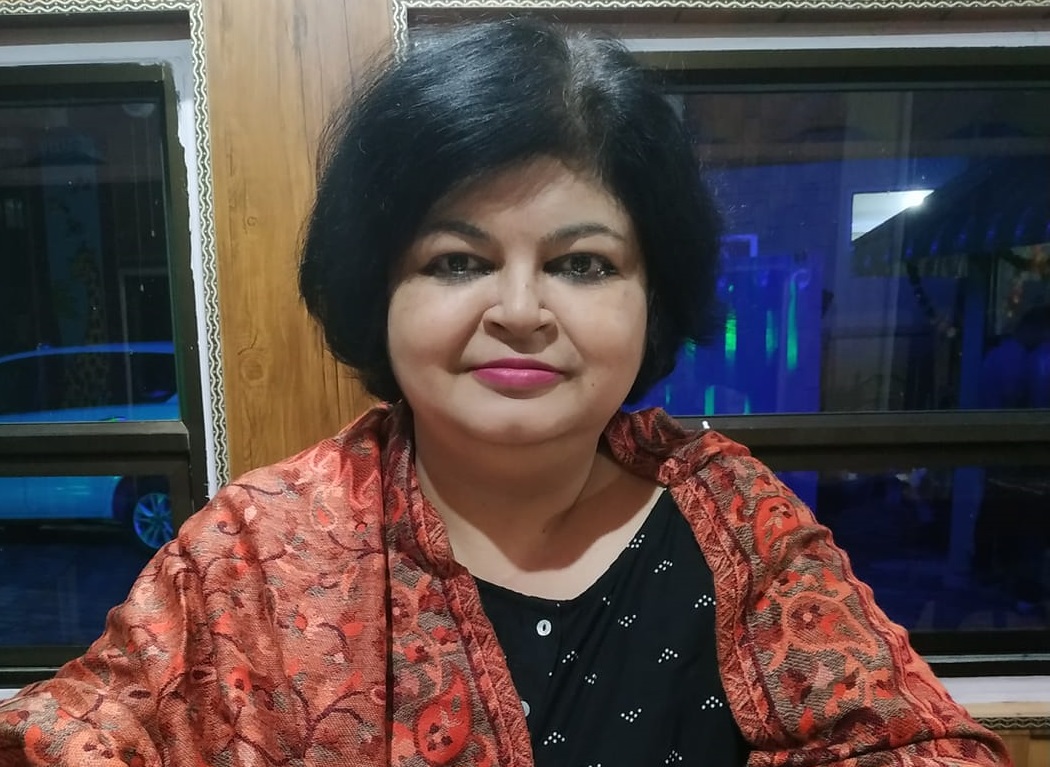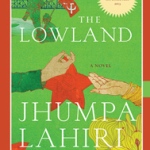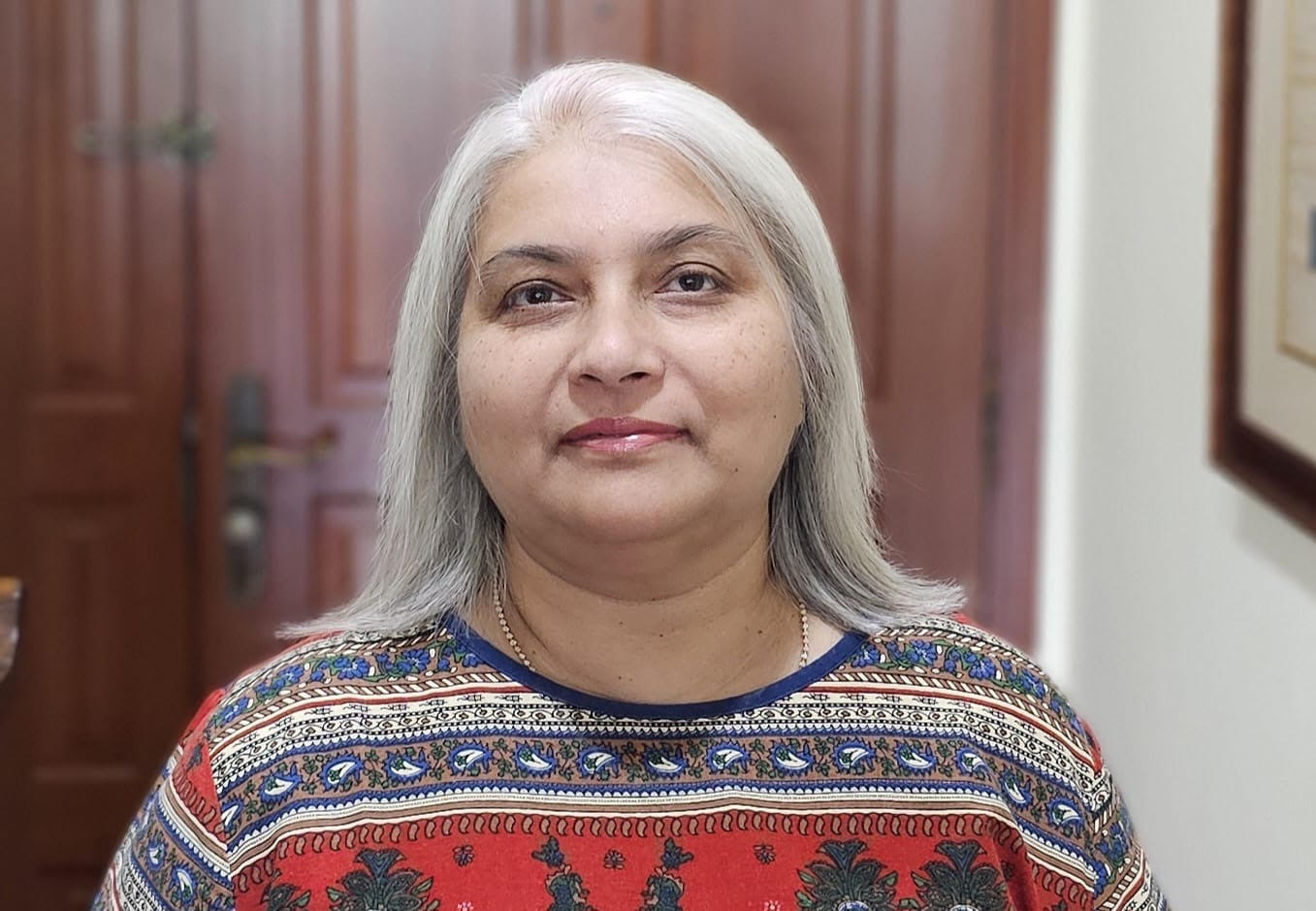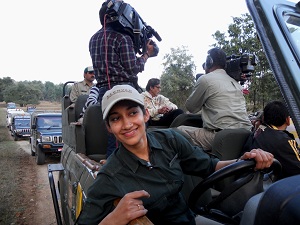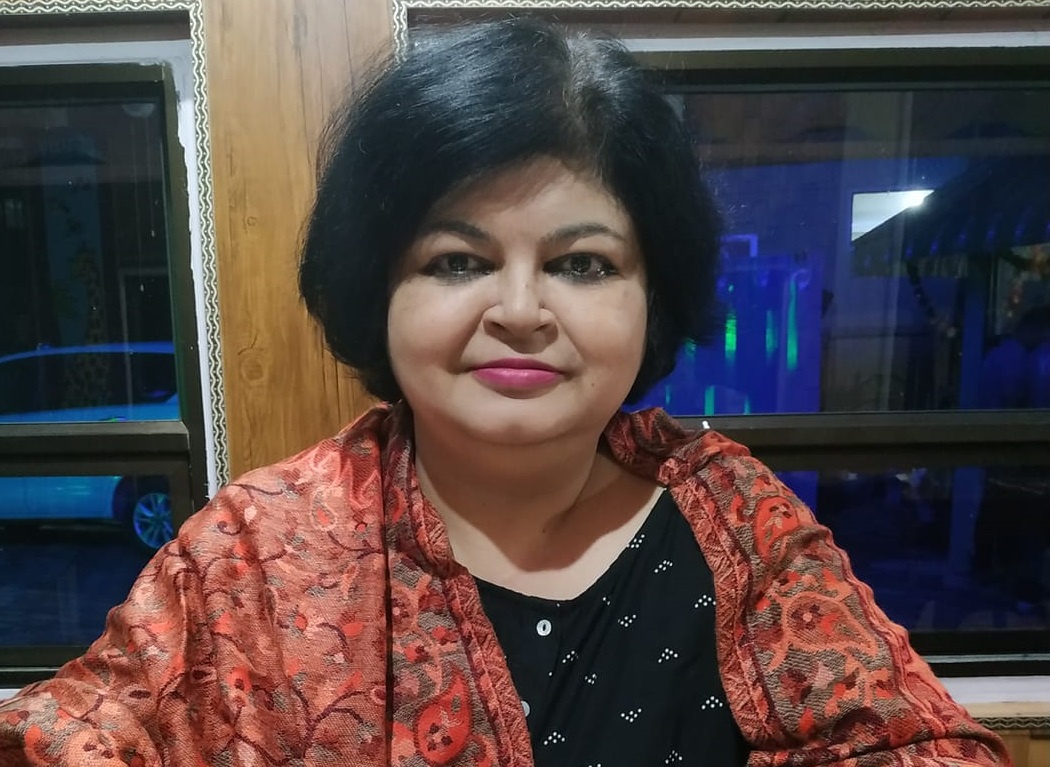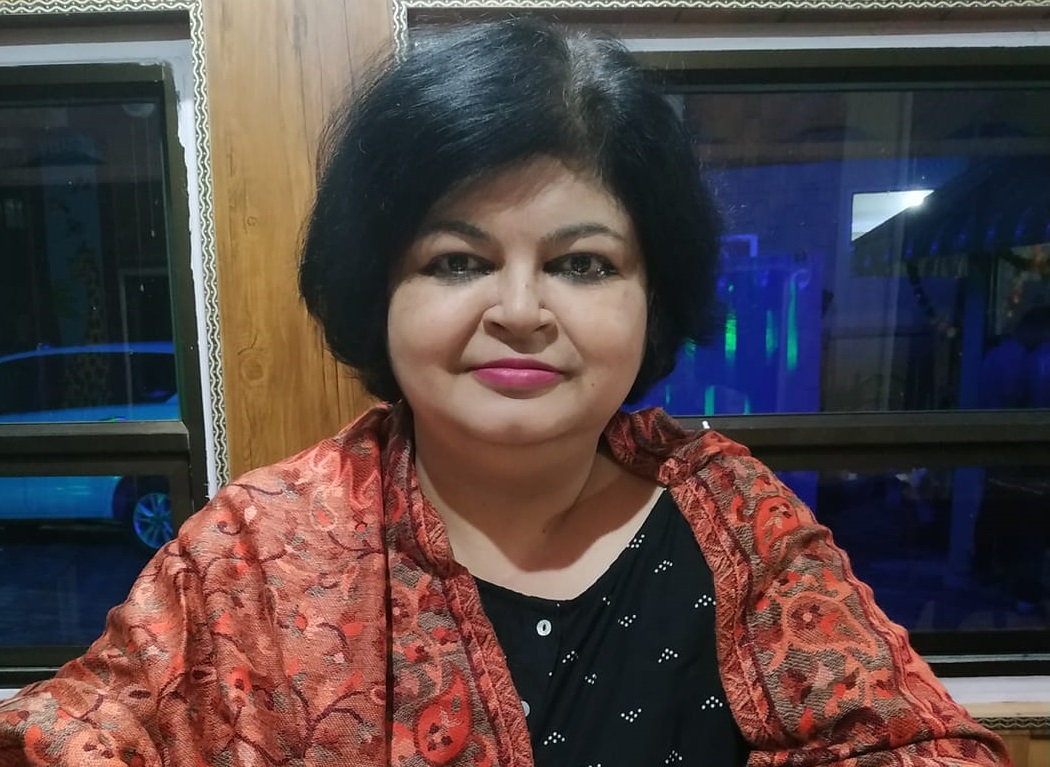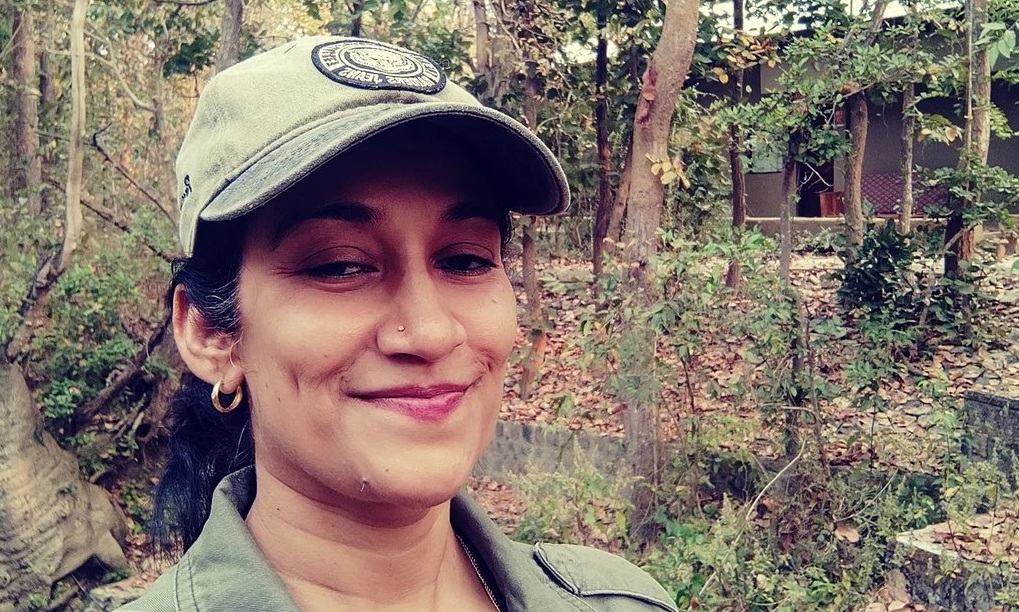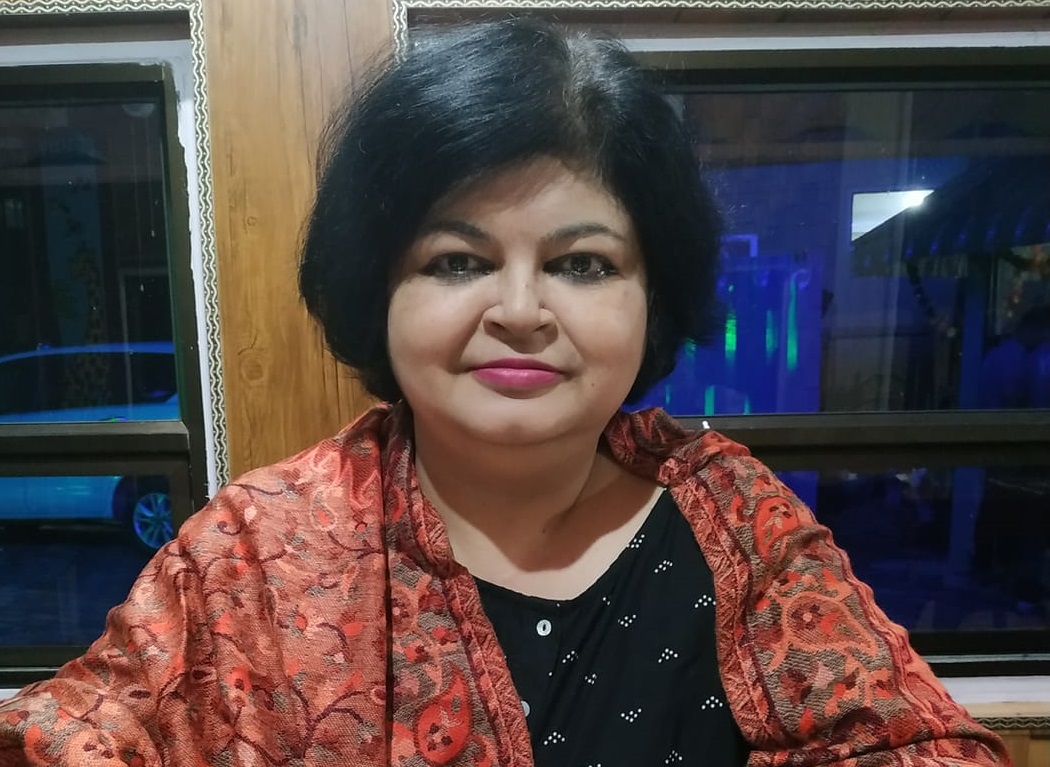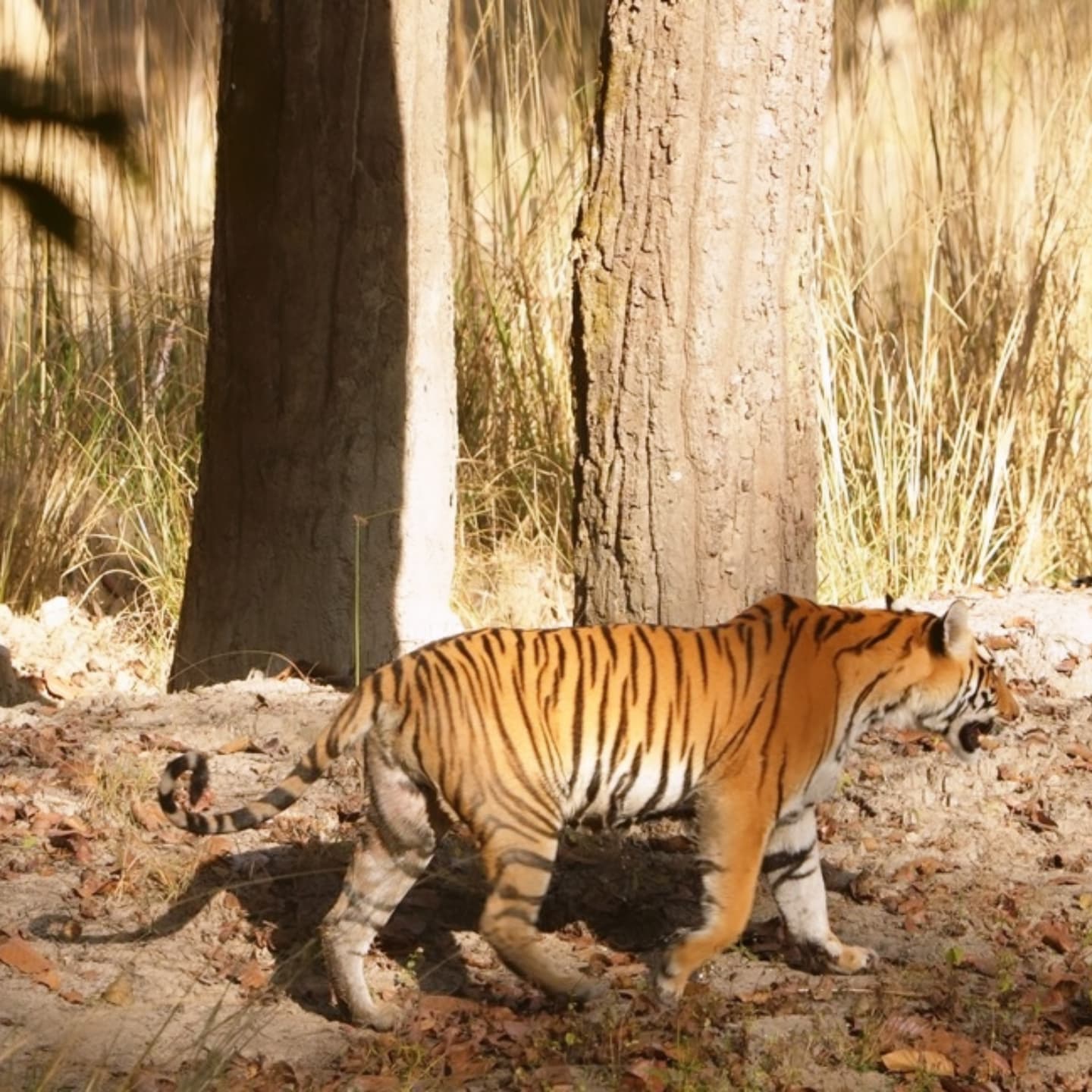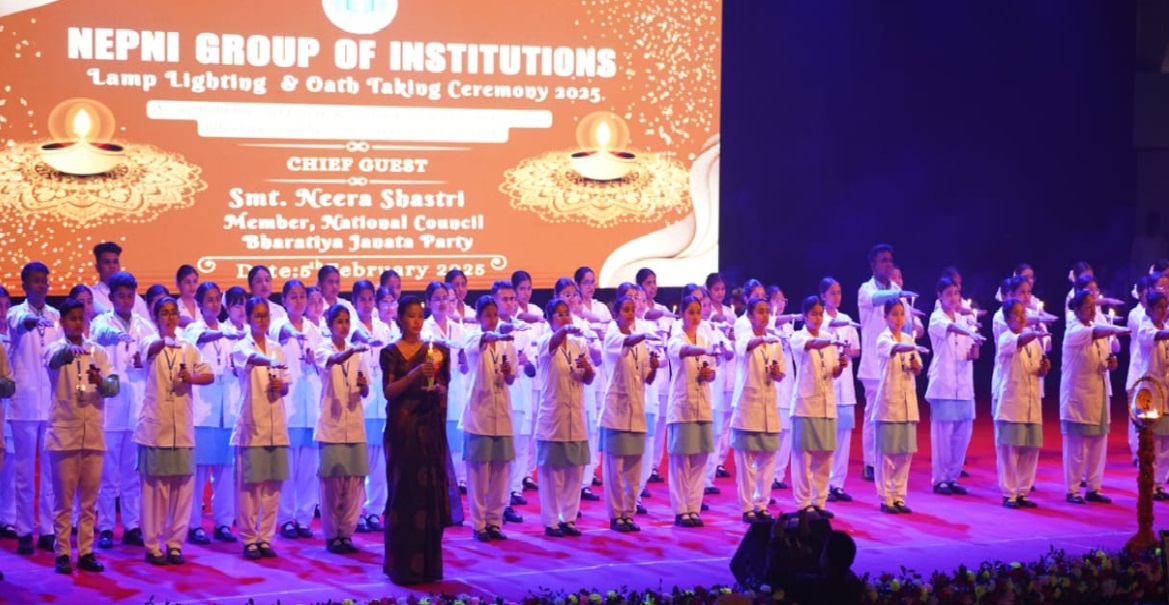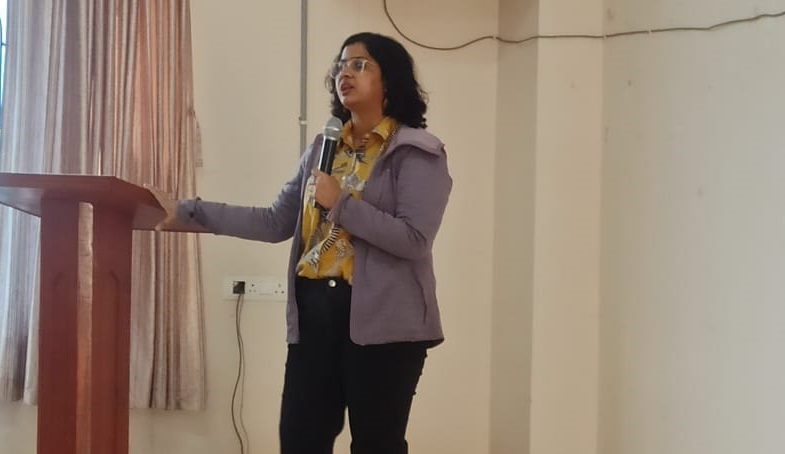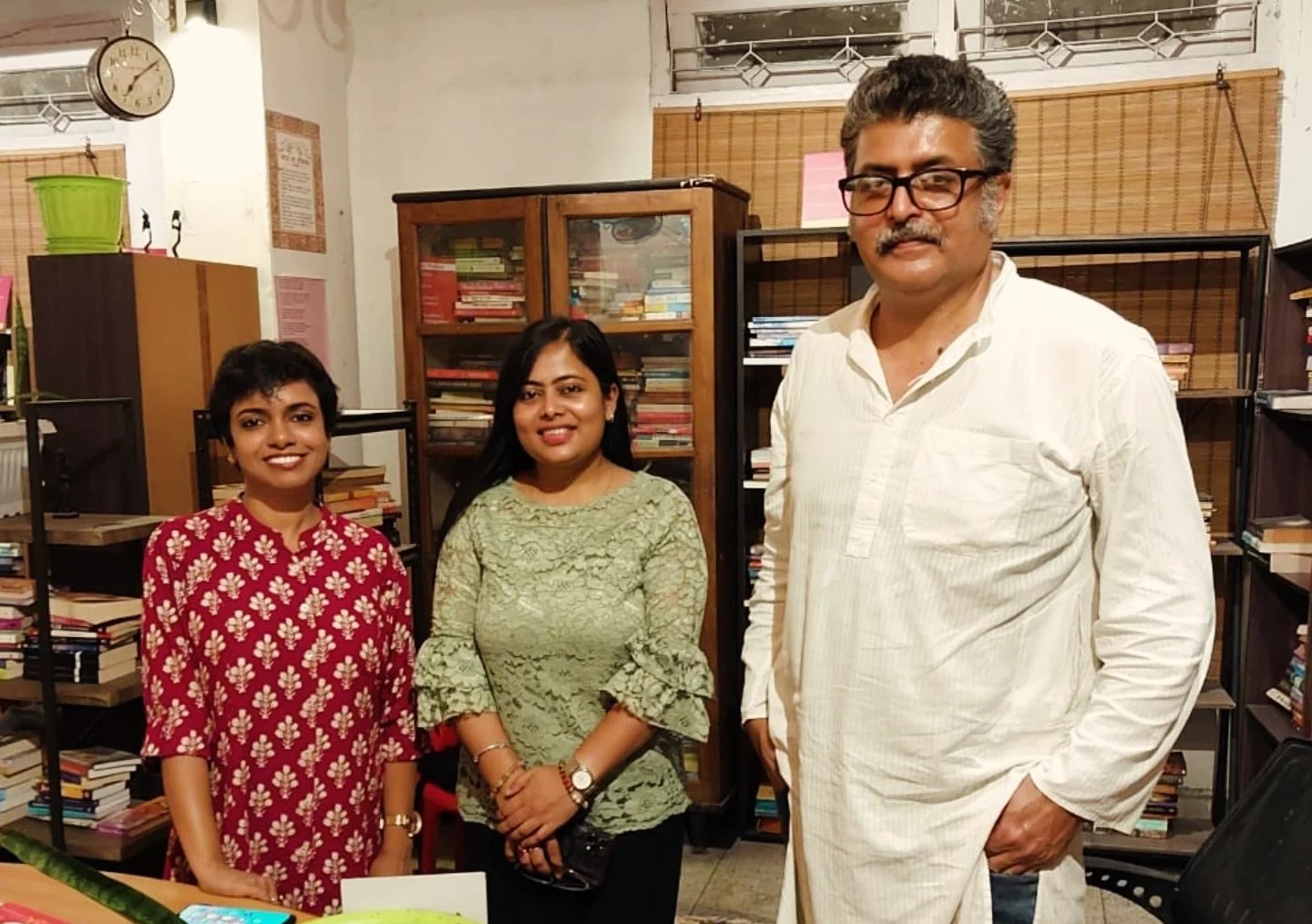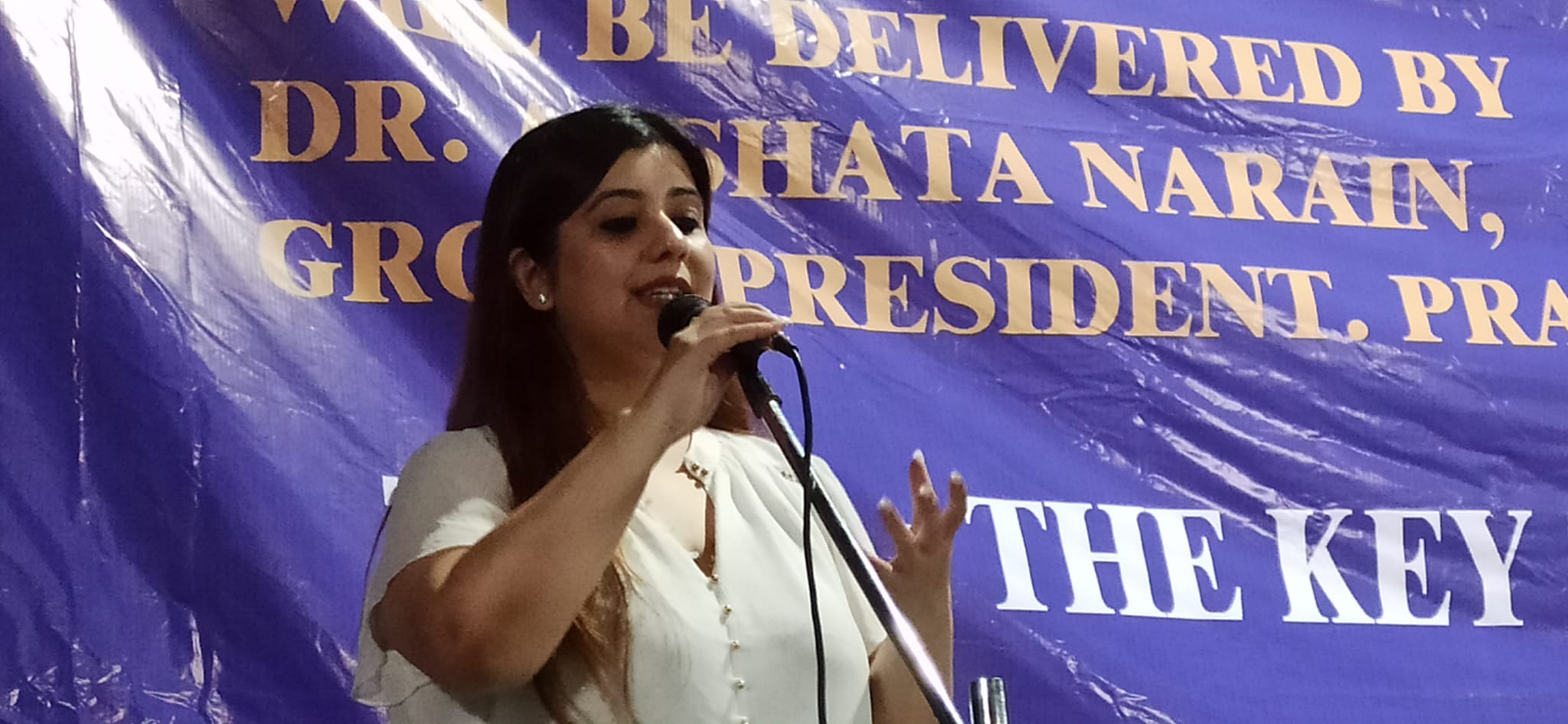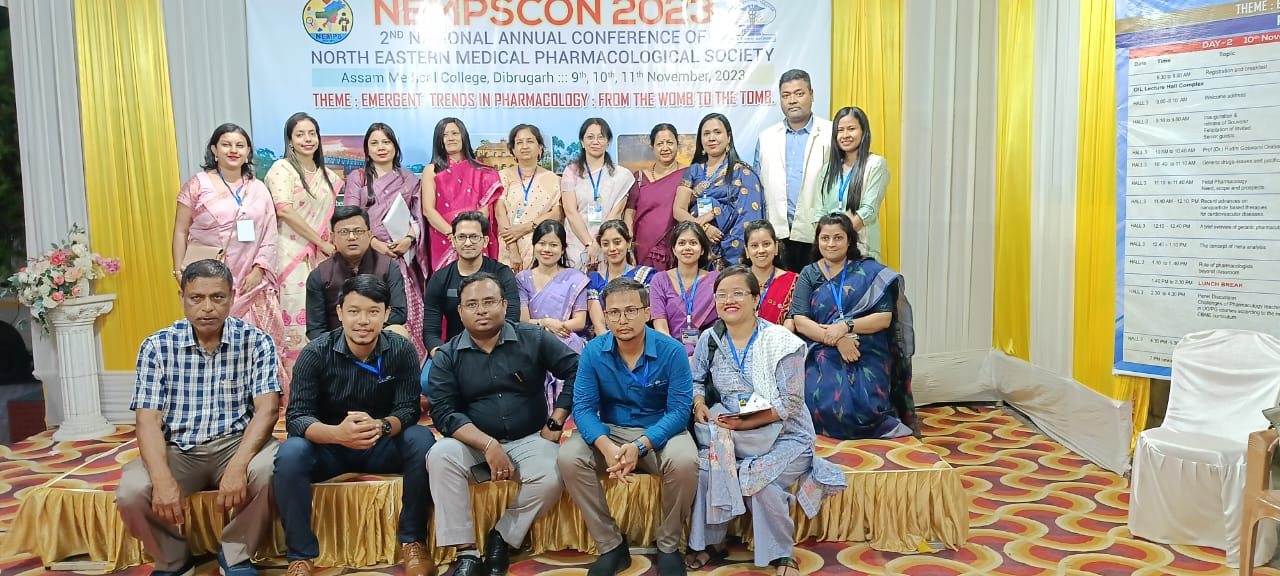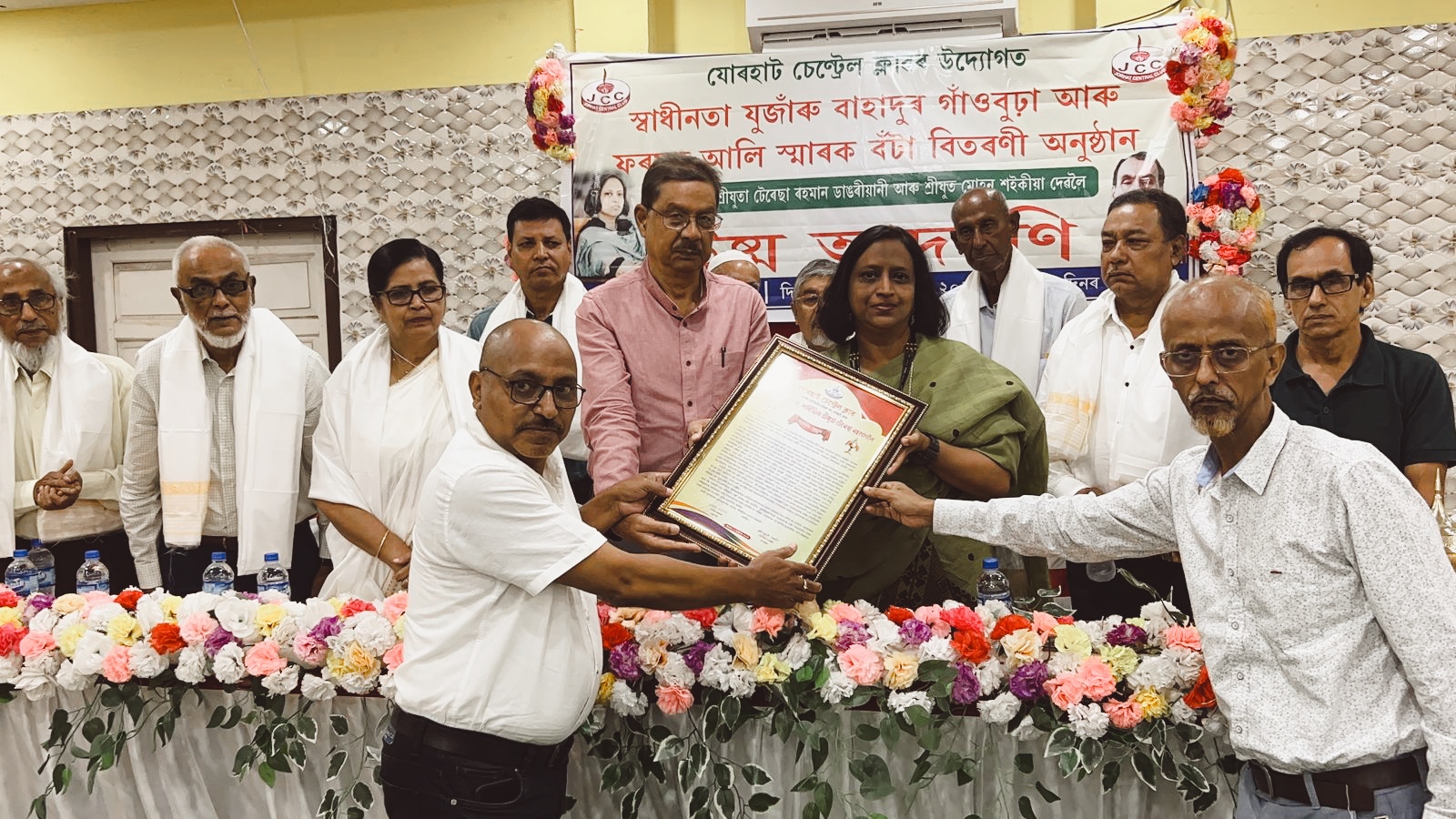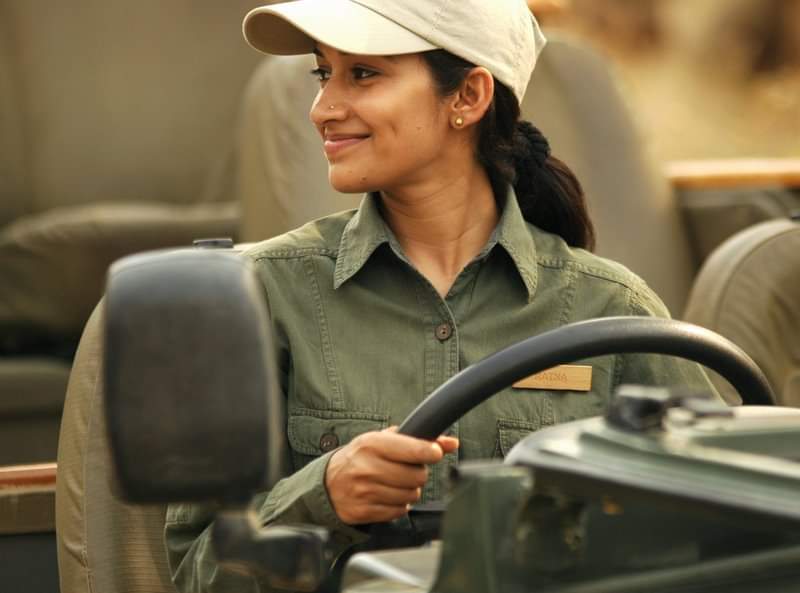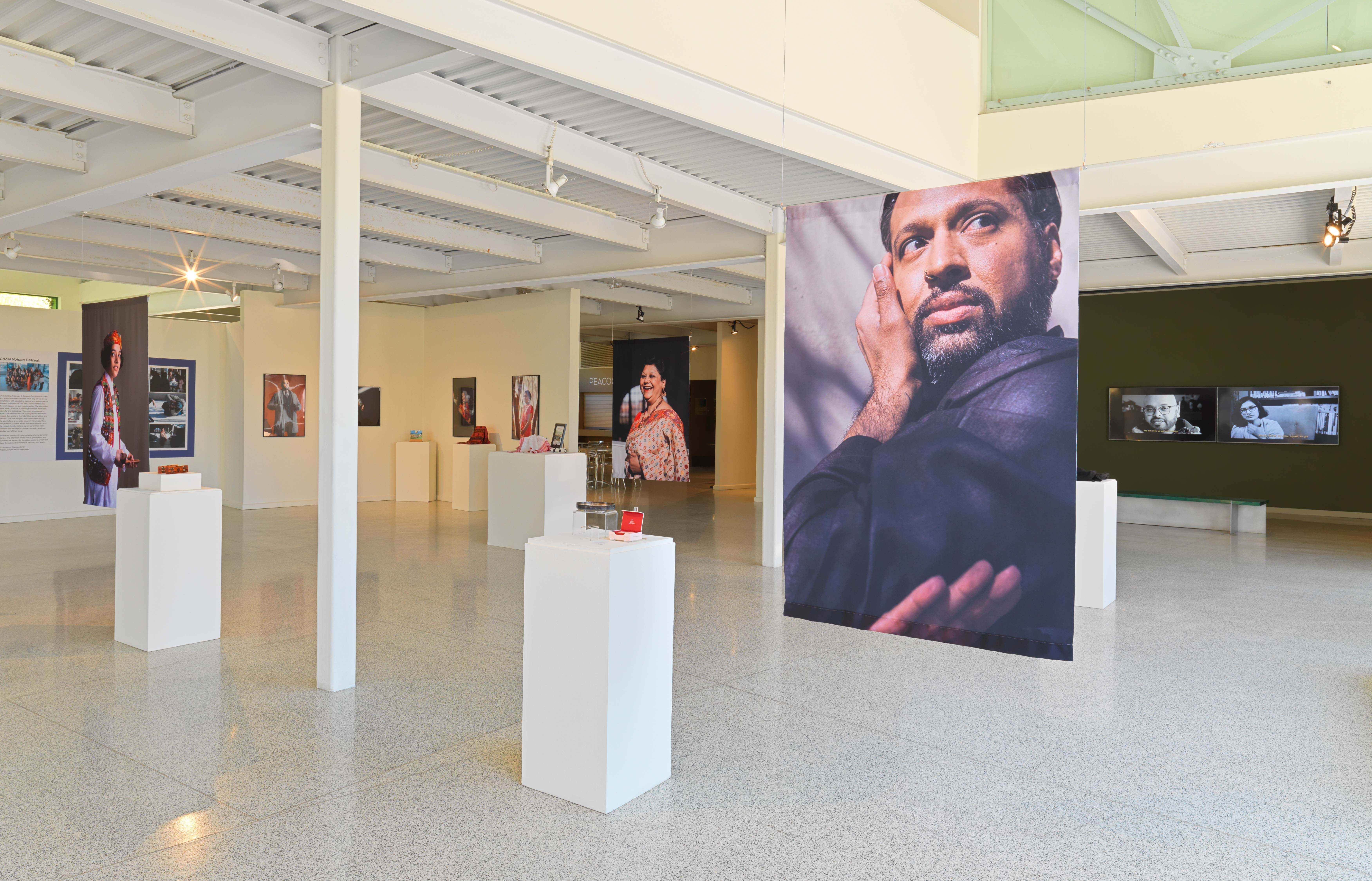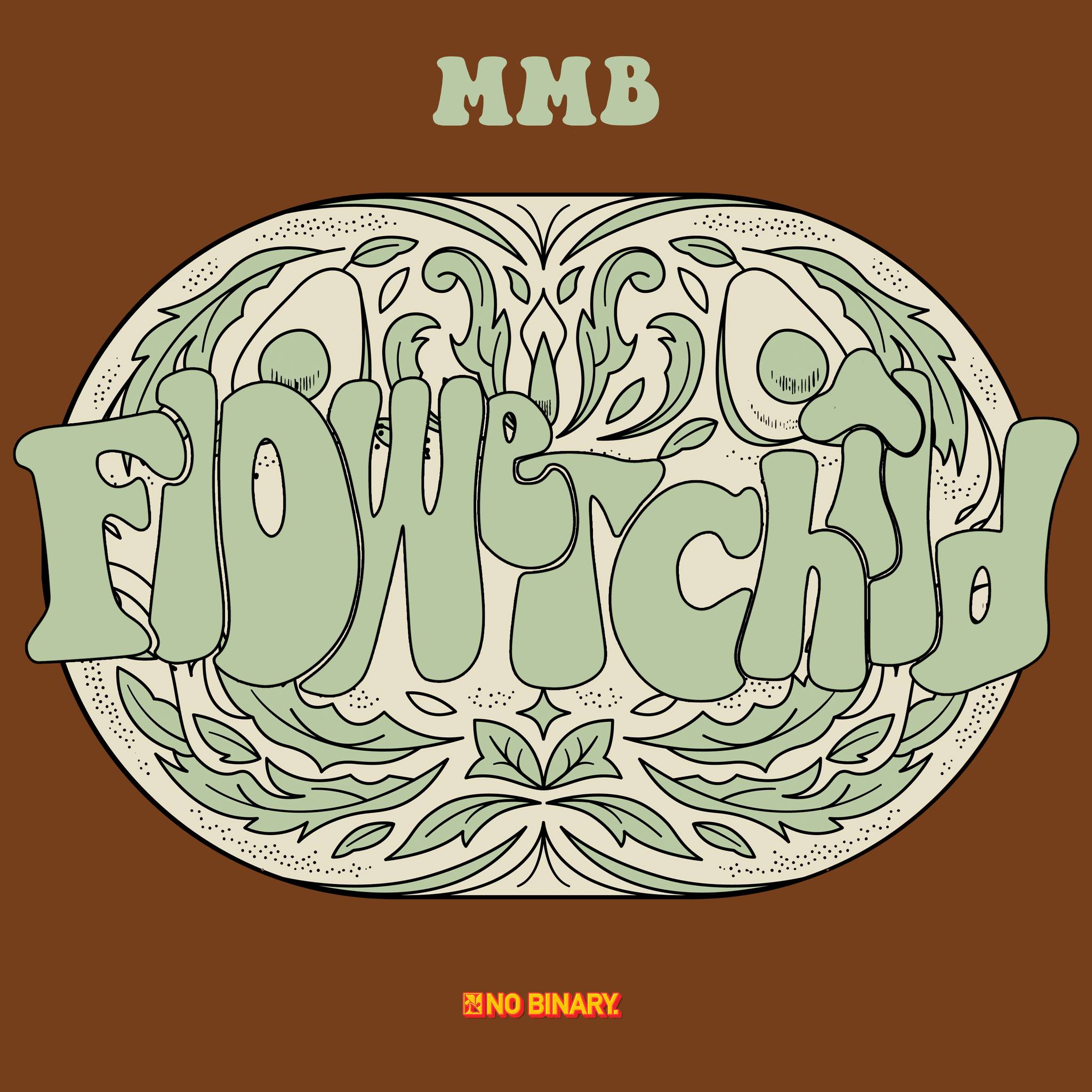Friday was the happiest day of the week during my childhood. Every Friday during school holidays, boys and girls of our neighbourhood on the banks of Dighali Pukhuri, the picturesque lake in the heart of Guwahati, would be on the lookout for the cinema garis. They are vehicles, usually Ambassadors, fitted with movie billboards on their hoods and with music blasting from loudspeakers that toured the streets of Guwahati every Friday, throwing leaflets of movies showing on the city’s movie halls. We patiently waited under the shade of the giant banyan tree on the intersection of Md Tayebullah Road and S.K.Bhuyan Road for the cinema garis. Every time, we spotted one, we took position on the side of the road.As the vehicle passed us, someone sitting inside it would throw colour leaflets at us. We scrambled topick up the leaflets. By noon, the vehicles ended their run. We counted the spoils of the day and happily returned home. Once, something unusual happened.
An Indian Air Force helicopter hovered over the city, dropping leaflets of a movie. I still remember the movie, Chetan Anand’s Hindustan Ki Kasam, based on a dare devil operation of the Indian Air Force during the Indo-Pak war of 1971. Hundreds of colour leaflets floated in the air. Some of the leaflets were trapped in the branches of the tall trees around the neighbourhood and some floated down to the Dighali Pukhuri and sank. Most floated over the streets and houses in the neighbourhood. It was an unexpected bounty from the sky. We grabbed as many leaflets as possible.
From my childhood days, the world of cinema has fascinated me. Movies and the people behind them and just about anything connected with movies interested me. I remember once during lunch break at our school when guardians came with tiffin for their wards, there was a buzz of excitement. Word had spread that Dr Bezbarua was coming. At that time Dr Bezbarua the first Assamese super hit movie was showing in the movie halls. The eponymous role of a villainous doctor was played brilliantly by actor Brojen Barua who had also directed the movie. As Brojen Barua entered the school premises with tiffin for his son and daughter who studied in our school, people crowded around him. He acknowledged their greetings in a friendly manner. He knew most of the guardians by name.
I was surprised by his appearance. I always thought movie actors had a larger than life persona; that they looked different from the rest of us. Brojen Barua looked like any other guardian. Yet there was something about him – I didn’t know what it was then --- that set him apart from other people despite his ordinary looks.
Much later, when I grew up, I came to understand what Brojen Barua possessed that had made him stand out in the crowd ---- charisma. After I joined the Assam Civil Services, and through all these years of postings across the state, my movie mania uncovered several stories on the magical world of cinema lying hidden in the most unlikely of places.
The setting of one such story was Naharkatiya, a small town in Dibrugarh District. The Tuesday Bazaar on the sidewalks of the main road of Naharkatiya was the biggest weekly market of the area where one could buy anything from vegetables to cheap wooden furniture. Every Tuesday, because of the Bazaar, a huge crowd gathered in the centre of the town causing traffic congestion for the greater part of the day. Our story took place during the mid eighties of the last century, when Amitabh Bachchan had been active in politics. That was a decade before I had been posted in the town. It was election time. There were rumours that the superstar would come to Naharkatiya to campaign for one of the candidates. There was lot of excitement amongst the people in anticipation of his visit. It was Tuesday-- the day of the weekly bazaar-- and as usual the main road at the centre of the town was clogged with people.
Suddenly, at around noon, an announcement was made through loudspeakers that Amitabh Bachchan would land on the Stadium Field nearby in a short while. A few minutes later, the drone of a helicopter was heard from the sky. It grew louder. As soon as the chopper appeared in the sky, there was a commotion. People started running towards the field. Traders and buyers; students and housewives; employees and policemen left whatever they were doing and dashed to the meeting ground. Many stalls in the Bazaar were abandoned by their owners without a second thought. A glimpse of Amitabh Bachchan was well worth their day’s earning. The Tuesday Bazaar was deserted. Never had anything like that happened in the town as that afternoon. Years later, during my posting at Naharkatiya, I heard people still fondly recollecting the story of Amitabh Bachchan’s brief visit to the town and the havoc it created on the Tuesday Bazaar.
Sometimes, something quite remarkable-- a glorious chapter of our film history-- is left neglected and unrecognised, as I sadly discovered at another place where I had been posted.
As Block Development Officer in Gohpur Subdivision, I was once making payments amongst workers at the site of a wage employment scheme. As the weather turned gloomy, we chose an abandoned building near the site to hand over the wages to the workers.
As the junior engineer and the accountant of my office made the payments, I decided to take a look at the building. It had once been a tea factory but was now in a decrepit state. Its walls were broken and the tin roof had gaping holes on it. A sense of decay was all over the place. As I was looking around the place, a familiar voice called my name. It was Rajat Dutta, manager of the tea estate to which the abandoned factory belonged.
“It is sad that we have not been able to preserve this place,” he said.
“It is no longer your factory, I presume.” I said.
“No, it’s much more than that. The factory was used as a set for Jyoti Prasad Agarwala’s Joymati. All the palace scenes were shot here,” he said.
I was astonished.
“Bhulaguri Tea Estate,” I exclaimed, recognising the name. This was the place where Joymati, the first Assamese movie had been shot back in the thirties of the last century by Jyoti Prasad Agarwal, one of the greatest Assamese of modern times. Sadly, there was nothing to be seen that afternoon to indicate the importance of the place which deserved to be a place of pilgrimage for all cinema lovers of the state. We are an ungrateful people.
Later, Rajat Dutta took me to his bungalow where Jyoti Prasad had stayed more than fifty years ago managing the garden. He showed me a small room at the back of the house. It was a place of worship with athapona – pedestal for keeping religious texts or images of deities.
“This was built by Jyoti Prasad himself,” Rajat Dutta said.
As I sat on the living room of the bungalow, darkness descended. An attendant lighted a lamp kept at a corner. The bungalow didn’t have electricity—perhaps the only tea garden manager’s quarters in Assam without an electric connection. In the faint light, I could visualise the frail yet handsome figure of Jyoti Prasad sitting in this same room going over his script after a hard day’s shooting of Joymati.
Rajat Dutta narrated an incident that revealed the genius of Jyoti Prasad Aggarwal. After the shooting of Joymati was over, Jyoti Prasad left for Lahore for the film’s post production works. At the studio in Lahore, to his utter shock, he found out that due to some technical hitch the sound recordings were all missing from the film stock. No dialogues could be heard. What Jyoti Prasad did to restore the dialogues of his film was something quite unheard in the annals of movie making. He himself dubbed the voices of all the actors at the studio.
The Bhulaguri Tea Estate was now owned by the Assam Tea Corporation, an undertaking under the Industry Department of the Government. Rajat Dutta had taken some initiative to highlight the condition of the building and a project to convert it into a film museum was planned but nothing came out of it. The abandoned factory remained in the same rundown condition as I had first seen it, a mute testimony to a remarkable saga of Indian Cinema.
Hidden amidst the neatly pruned bushes of the tea plantations of Assam are remarkable stories of the lives and romances of the men and women behind this great colonial enterprise. One of the most popular Assamese movies of our generation, Chameli Memsahib directed by Abdul Majid was based on the love affair between a British tea garden manager and a plantation worker. During my postings in Upper Assam, I came to know that relationships between British Managers and plantation workers had been quite common. Most of the Sahibs lived lonely lives as their wives stayed in Britain and visited their husbands only occasionally. It was not unusual for a Sahib to be attracted towards local women. Such relationships were mostly in the nature of flings that never lasted beyond the manager’s transfer to another garden or the arrival of his visiting wife. Only when children were born from such dalliances that things became complicated. But in most cases the Sahibs were honourable men who took care of such children by providing for their upbringing and education and buying landed property in their name. Some of the children even took the titles of their biological fathers.
One such story was connected to the celebrated Hollywood actress Julie Christie who was born in a tea estate at Chabua, Dibrugarh District in 1941.Not many knew that the actress had a sister from her father, Frank St Christie’s Indian mistress. I first heard the story from a senior tea garden manager who had worked in the gardens of Dibrugarh for many years. I was curious to know more about Julie Christie’s sister. Was she still alive? The Manager himself didn’t know much about the story. I tried to collect information from my friends and relatives who were in the tea industry but nobody had heard about it. It was only through my chance reading of an article in a British newspaper that the complete story of Julie Christie’s sister became known to me.
Before Frank St Christie married Julie’s mother, Rosemary, he had an affair with a local woman on the tea garden he managed at Chabua. June was born in 1934 from that affair. Though Frank broke off his relationship with June’s mother, he never abandoned his daughter. He doted on her and was responsible for her upbringing. Even after he married Rosemary in 1937, he did not stop taking care of June.
Julie was born in 1941, followed by a son, Clive. Gradually Rosemary came to know about her husband’s illegitimate daughter. Her relationship with her husband became strained and they separated. Rosemary left for Britain with her children. Julie Christie went on to become one of the most celebrated actresses of her time.
After the break up with his wife, Frank brought June to live with him.
He was now manager of the Jamirah Tea Estate, Dibrugarh. Frank and his daughter stayed in the huge colonial bungalow in the garden. June was treated like any other Sahib’s daughter by the garden staff. She went to study in Guwahati. In striking contrast to her famous sister’s fabulous lifestyle as a movie icon of the swinging sixties, June lived an obscure life. Her plain looks found her few admirers, if at all. She had a brief affair with a young manager working in her father’s garden but nothing came out of it. For sometime, she was in Kolkata, doing a course in typing. In 1960, Frank moved to Malaga, Spain, taking June with him.
In 1963, the year Julie Christie made her film debut as a lead character in Billy Liar, Frank suddenly died due to heart failure during a visit to London. June was left alone in the world. She moved to England and enrolled in a nursing college. She worked part time to pay for her course.
June was a hard working person who found fulfilment in her career as a midwife. People who had known her at that time recalled how zealously she guarded her privacy. Only a few trusted friends knew that she was the sister of a famous actress. Julie Christie never acknowledged the existence of her half sister. Both sisters never met each other.
June never forgot her roots in India. She visited Assam several times, meeting her old servants and friends. On 11 January 2005, June died at the age of 70 after a brief illness. After her death when her neighbours searched her address book and other papers for names of persons to invite for a memorial service, they didn’t find the address or phone number or any mention of her famous sister anywhere.
Bridges often make good themes for movies. One of the best known war movies,The Bridge on the River Kwai was based on the epic story of a bridge built by British prisoners-of-war during World War II. A Bridge Too Far is another great war movie with a bridge as the background. There is also the touchingly romantic,The Bridges of Madison Country where the lead character, a photographer fell in love with a housewife who had shown him directions of some old bridges in the countryside which he had come to photograph.
Nearer home, I discovered that a Hindi movie had also been made back in 1972 based on the construction of a bridge across a river at Margherita. Significantly, the movie, Yeh Gulistan Hamara directed by Atma Ram andstarring Dev Anand and Sharmila Tagore showed footage of the actual construction of the bridge across the Burhi Dehing River. Everyday, during my tenure as Sub Divisional Officer, Margherita, I travelled across the Burhi Dehing over this bridge which connects two ends of the town to go to my office. I hadn’t heard about the movie till Bhaskar Jivan Barua, the Chairman of Digboi Town Committee mentioned about it one day. During the shooting of the film, Dev Anand, Sharmila Tagore and most of the film artists stayed in the bungalows and guest houses of Digboi which is just 16 kms from Margherita. The Town Committee Chairman recalled how excited the people of Digboi had been by the presence of the movie stars in their midst.
I managed to get a copy of Yeh Gulistan Hamara. It was a typical Bollywood song and drama fare. Vijay (Dev Anand), a civil engineer was assigned the task of building a bridge amidst stiff opposition by a tribal community living on the other side of the river. The bridge would bring prosperity amongst the tribal people who were exploited by their cruel chieftain. More than that, it would end the distrust amongst people on both sides. The bridge was seen as a symbol of integration. The tribal chief was opposed to this. He sent the beautiful tribal damsel Soo Reni (Sharmila Tagore) to sabotage the project. Instead, she fell in love with Vijay and went over to his side. In the simplistic manner that is the forte of Bollywood, after several songs and fights, Vijay succeeded in ending the tyrannical reign of the chieftain and complete the bridge. The outdoor location of the movie was shot around Margherita with the Patkai hills and Burhi Dehing River in the background.
An interesting sidelight about the movie was that the Ao community of Nagaland protested about the lyrics of one of the songs which they felt had insulted the community. The song went like this: Mere naam Aao, mere paas aao. The offensive words were promptly edited.
Despite the director’s best efforts, at times the movie appeared too garish and over the top. As such it did not quite appeal to me. But what I truly liked was the shot towards the end when Dev Anand gave out a full throated cry, “Jai Dehing,” followed by Sharmila Tagore’s equally loud “Jai Bharat”. That’s national integration, Bollywood style.
Find us on facebook: facebook.com/TheThumbPrintMag




